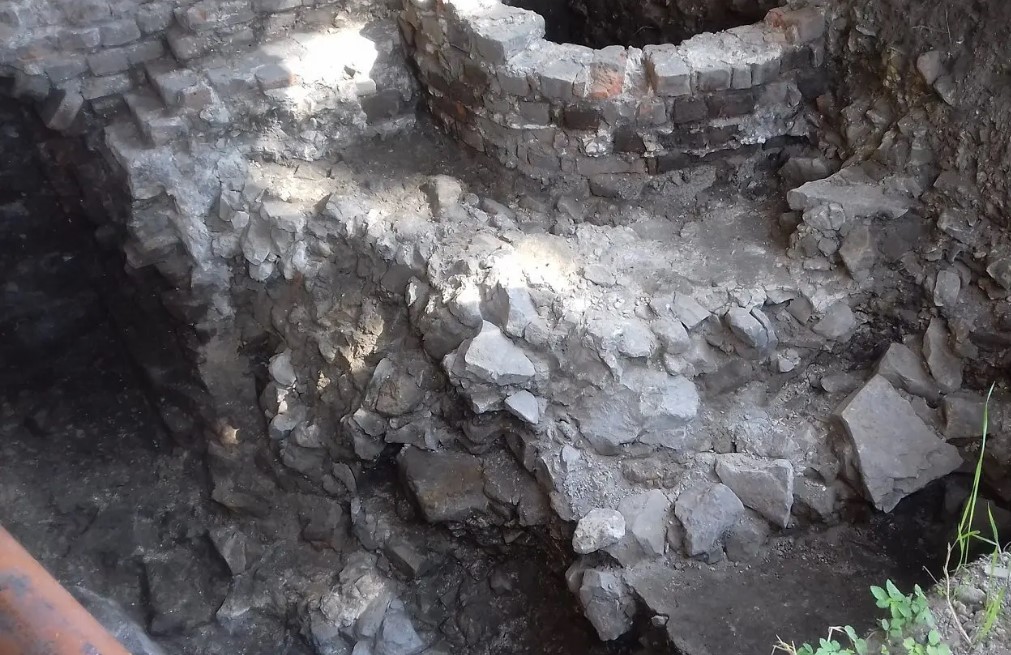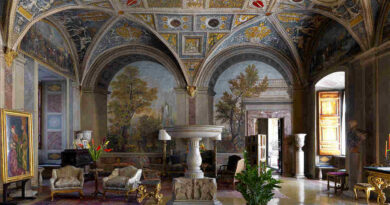Archaeological Discovery: Medieval Tower Unearthed in Lublin’s Historic Old Town
Archaeologists engaged in excavations within Lublin’s historic Old Town have made a remarkable discovery—an ancient medieval tower’s remnants. This tower’s existence was validated through depictions in the works of Braun and Hogenberg, renowned for their “Theatrum Praecipuarum Totius Mundi Urbium.”
These vestiges of a tower were identified on a fragment of the town’s defensive wall at ul. Jezuicka, nestled within Lublin’s Old Town in Poland. The tower, featuring four sides, is notably present in the panoramic depiction of Lublin as captured by Braun and Hogenberg, a publication that surfaced in Cologne in 1618.
The panoramic representation situates the tower in close proximity to the Dung Gate, positioned adjacent to the Jesuit monastery church’s presbytery. This same church now stands as the Lublin Archcathedral of St. John the Baptist and St. John the Evangelist, consecrated in 1604.
Lublin Voivodeship Conservator of Monuments, Dariusz Kopciowski, conveyed, “This tower likely finds mention in Stefan Batory’s privilege granted to the Jesuits in 1585. This privilege bestowed authorization for erecting a Jesuit complex outside the city walls, in the southern region, along with the right to utilize several existing defensive structures in this sector—including the Jesuit Gate, the semi-circular tower, and the quadrilateral tower in question.”
The city’s fortification endeavors were initially commissioned by Casimir III the Great during his reign as King of Poland from 1333 to 1370. His efforts encompassed the construction of a substantial stone castle in 1341 and encircling the city with formidable defensive walls. However, as the 16th and 17th centuries dawned, these walls gradually became obsolete. By the 19th century, much of the city walls had been dismantled due to urban expansion.

Kopciowski further shared, “In tandem with ongoing archaeological investigations, architectural and preservation research is underway. This endeavor is expected to yield additional insights into the tower’s legacy and Lublin’s broader fortification framework.”
This discovery not only adds to the historical tapestry of Lublin but also underscores the significance of interdisciplinary collaboration in unearthing and comprehending our rich cultural heritage.




